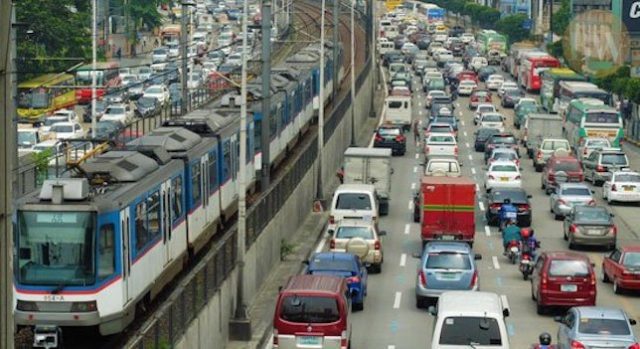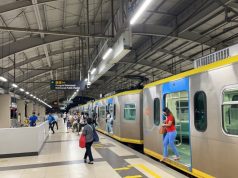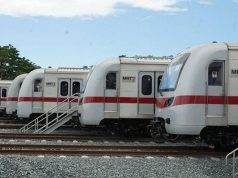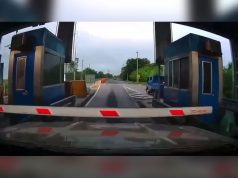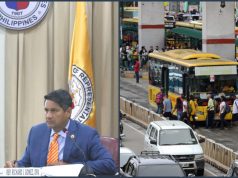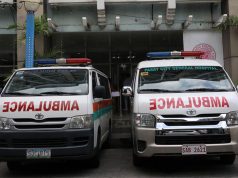Transportation Secretary Arthur Tugade has once again floated the idea of installing cable cars around Metro Manila as the solution to the growing traffic problem.
Despite positive results from cable car projects in other countries, not all Filipinos are convinced that Tugade’s vision is the cure the nation has been hoping for.
Fears and jeers
The idea has been met with some skepticism. An echoed concern is what should be done in the event the system malfunctions and a carriage is left suspended up in the air.
Others have questioned why the Department of Transportation’s proposed solution is to introduce a new system rather than to fix the already existing transport options.
The reason DOTr is eyeing the cable car system here in the PH is because the road congestion & traffic is terrible in cities like Manila. Eh kung ayusin niyo muna kaya yung actual transport system ng Pilipinas—say, the buses, jeepneys and trains—before investing on cable cars? https://t.co/4HQY19Fv8f
— Marko; #MoveForMH (@mglslmn) May 25, 2018
Adjacent to this is the question of whether the government could implement a new project when it has failed to address already existing concerns.
One story that has surfaced is that of a cable car project in a rural area that was eventually abandoned.
i remember a story na somewhere in rural ph a cable car was installed to ease transporting goods from mountainous areas. was a wack bec the govt didnt teach the ppl there how to operate the thing
now its rotting https://t.co/q3xW8hgwXx
— justin (@justinfirmalo) May 25, 2018
Despite skeptics’ concerns, some believe in positive action and hope for proper implementation of what could be the solution everyone has been praying for.
Proposals throughout the years
In February 2018, the Japan International Cooperation Agency, or JICA, reported that the severe traffic in Metro Manila is costing the Philippines P3.5 billion in missed economic opportunities.
Susumu Ito, JICA’s chief representative to the Philippines, explained that successful implementation of the government’s Build, Build, Build program could cut losses to P3 billion daily. With a few more projects, the figure could be cut the figure down to P2.4 billion.
A number of proposed projects have been marketed in recent years as the solution to the traffic problem.
Sangley Integrated Complex
In December 2016, the All-Asia Resources and Reclamation Corp. proposed the construction of a massive industrial and export complex on reclaimed land off the coast of Sangley Point in Cavite. Both a seaport and airport are slated to be built on the developed land.
The consortium that proposed the complex claimed that the complex could keep up to 8,000 trucks and 40,000 cars off Metro Manila daily.
Open villages, subdivisions
One of the ideas Secretary Tugade introduced alongside the cable car project was the opening of exclusive subdivisions to outside vehicles so as to provide motorists other routes apart from already crowded highways.
Architect and urban planner Jun Palafox in an interview with ANC in 2015 proposed a similar concept, explaining that exclusive villages should be opened to the driving public during rush hour.
One-way EDSA, Roxas, C-5
Rep. Edgar Mary Sarmiento (Samar) in September 2017 foreseeing the massive traffic the Build, Build, Build project would cause proposed that three of the metropolis’ biggest highways, EDSA, Roxas Boulevard and C-5 road be made one-way highways during the course of the project.
Sarmiento, also a civil engineer, suggested the EDSA be made a southbound highway while C-5 and Roxas be assigned as the northbound thoroughfares.
New bridges, flyovers
Columnist Boo Chanco in August 2016 wrote about receiving a list of Tugade’s initial ideas as incoming transportation chief.
Among these were the construction of new steel bridges and flyovers around the metropolis.
Among his proposed structures were a new flyover connecting Katipunan Avenue to C-5 road and an extension of the C-6 road connecting Pasig to Taguig.

